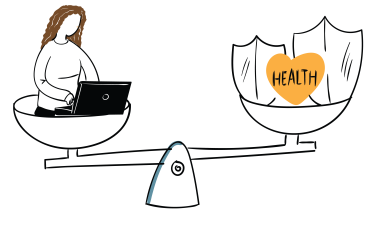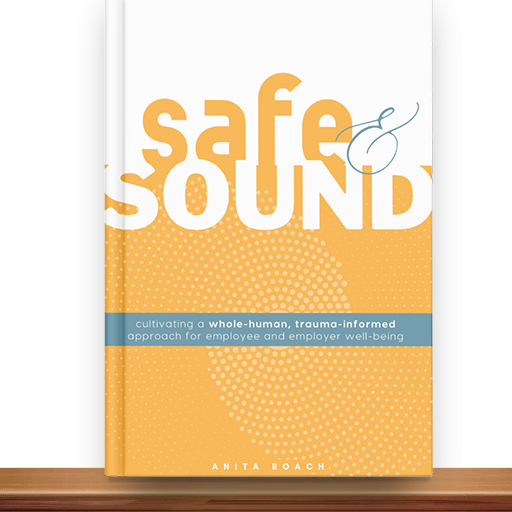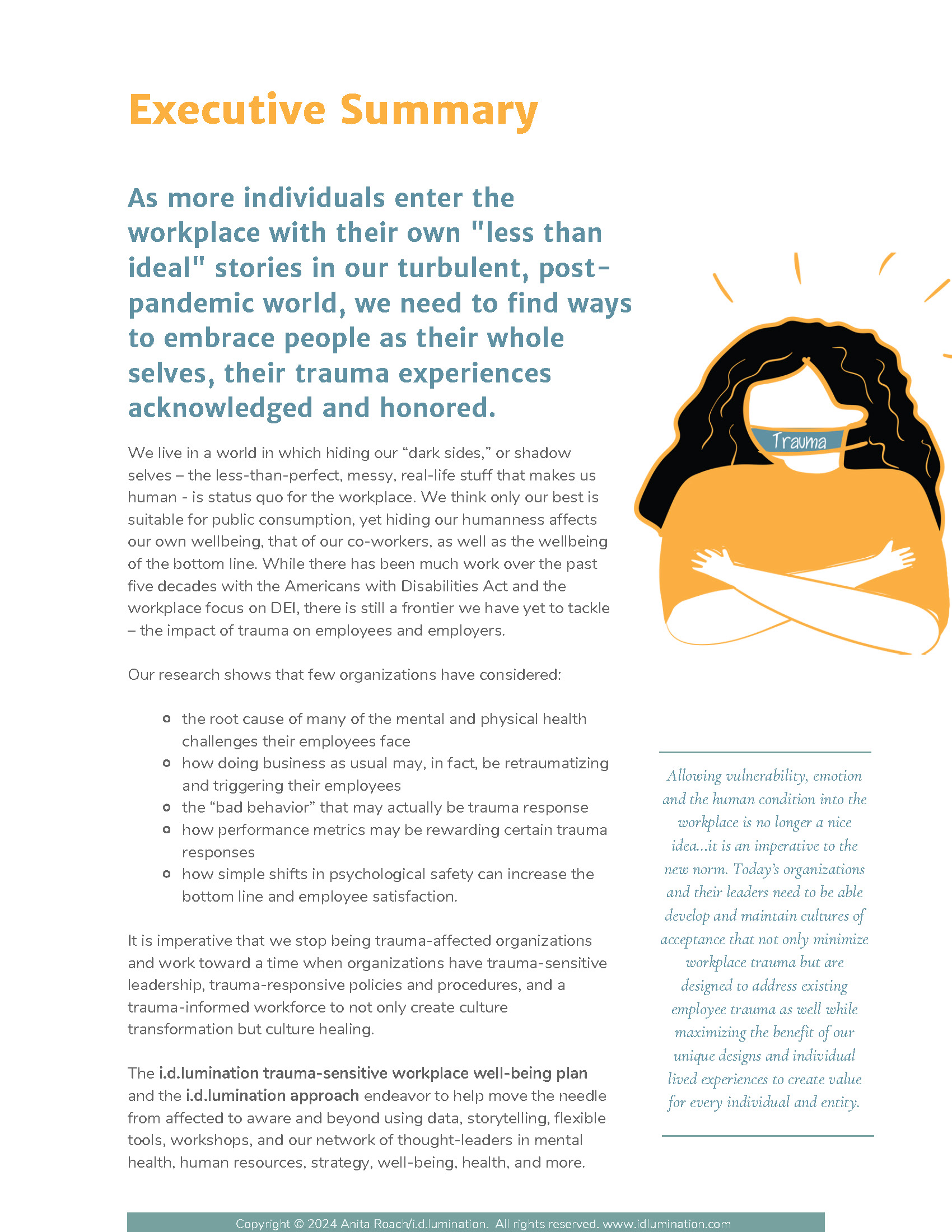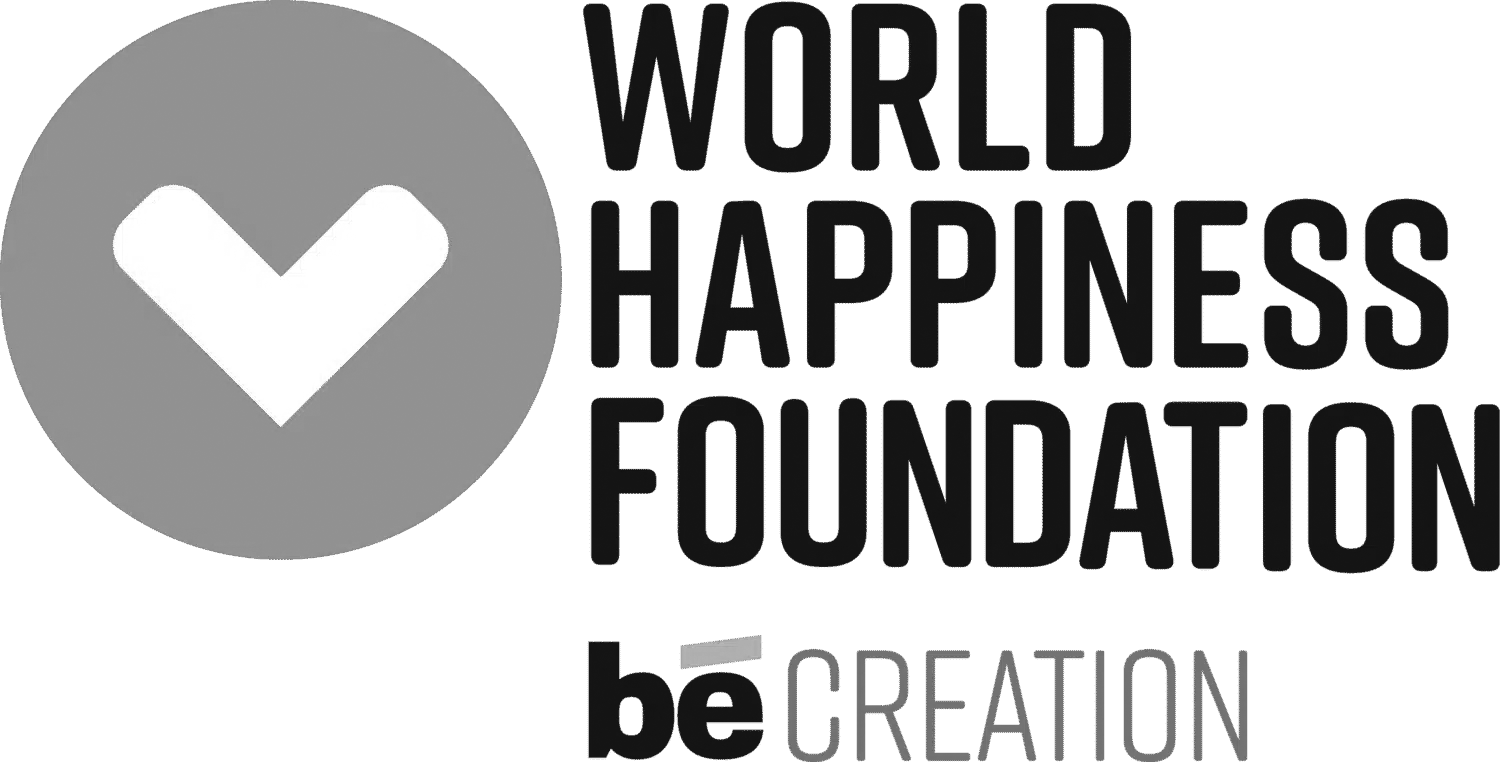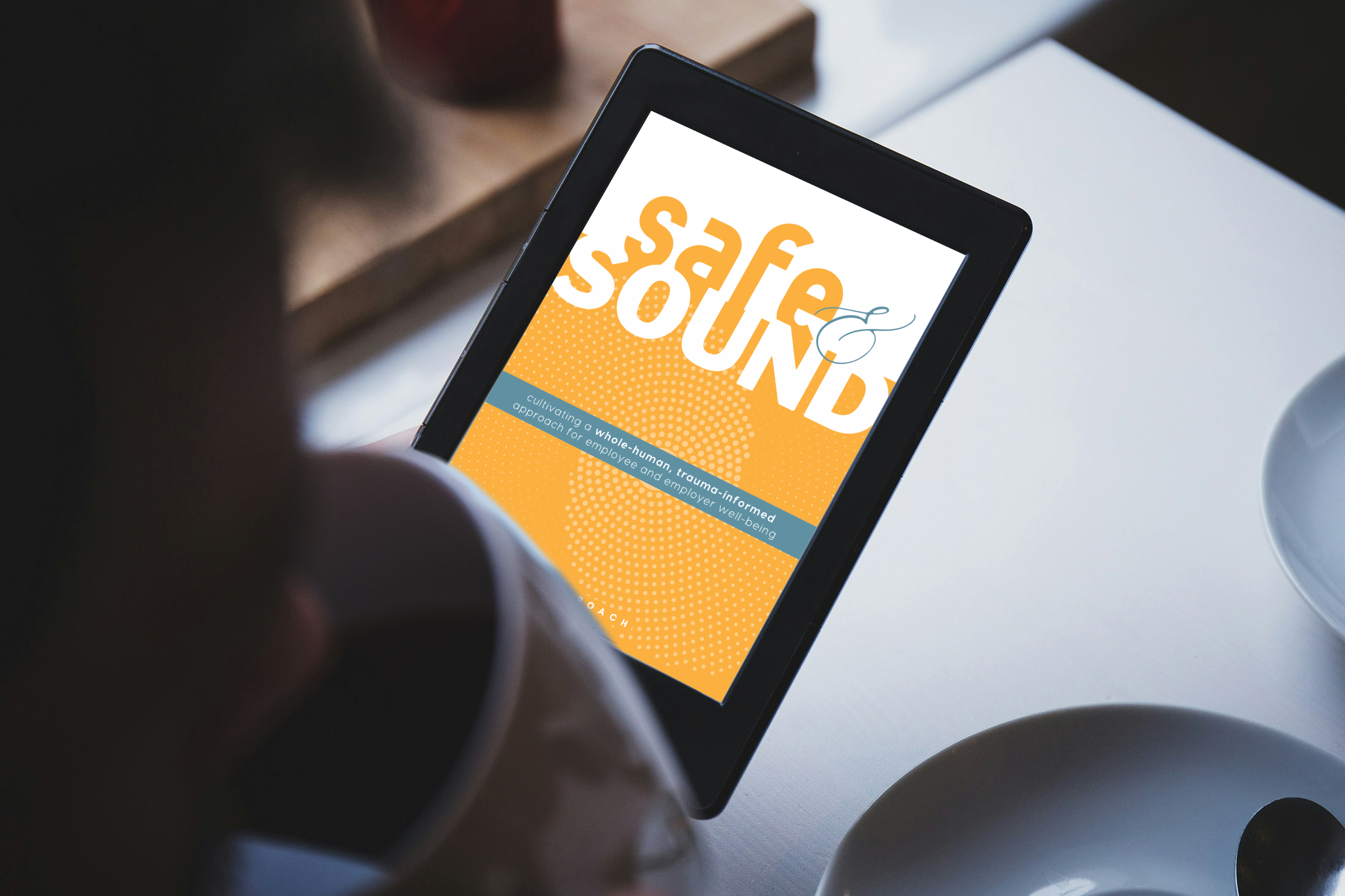Anita Roach
My passion for catalyzing organizations to understand trauma and create psychologically safe environments is fueled by my belief that hiding our humanness hinders individual and organizational success.
As a survivor of childhood trauma and C-PTSD, I’ve navigated the challenges of thriving in unsupportive work environments. This firsthand experience, coupled with my extensive research and consulting work, has equipped me with deep insights into the hidden costs of trauma and the transformative power of creating psychologically safe workplaces.
I’ve witnessed the devastating consequences of unaddressed trauma on individuals and organizations, and I’ve also seen the remarkable resilience and innovation that emerge when employees feel safe and empowered. My passion lies in bridging the gap between these two realities, guiding leaders to embrace trauma-informed practices that unlock the full potential of their workforce.
I hold a B.S. in Psychology from Excelsior University, a Diploma in Global Leadership from The U.N.-Mandated University of Peace, and certifications as a Trauma-Informed Coach, Chief Well-Being Officer, Holistic Health Coach, CultureTalk Partner, and Strengths Practitioner.
